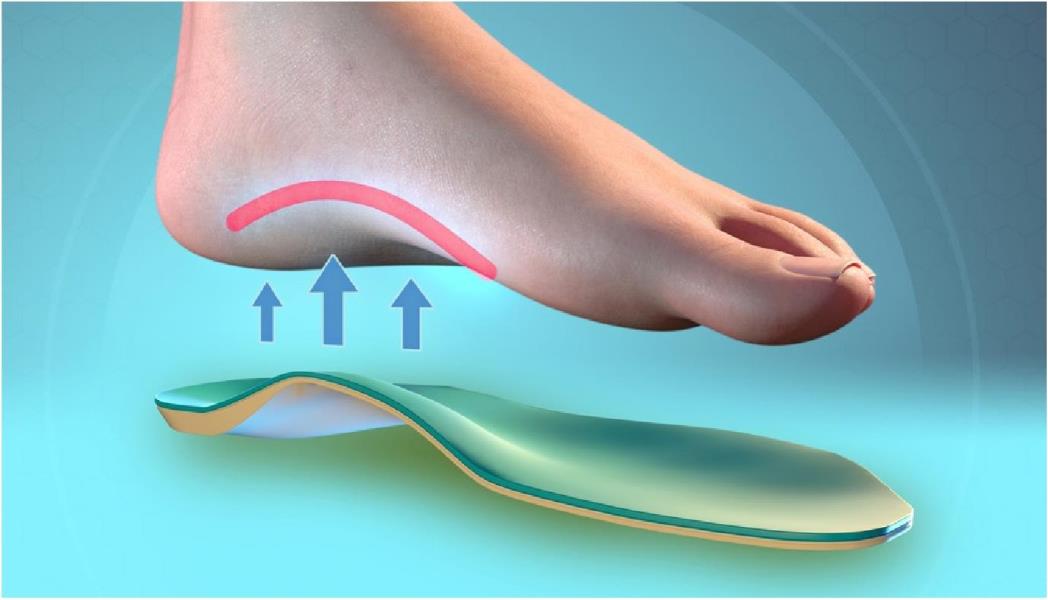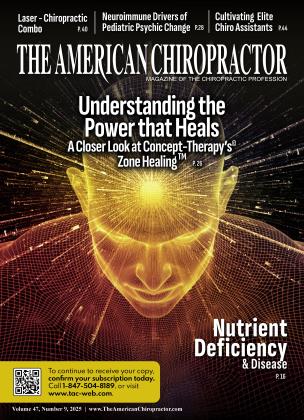
Orthotics play a crucial role in managing various musculoskeletal and neurological conditions. They are designed to support, align, and improve the function of the limbs and spine by activating the body’s kinetic chains.
Prescription of orthotics requires careful consideration to ensure optimal outcomes for patients. Treatment protocols are essential in guiding practitioners through assessment, design, implementation, and follow-up.
This article explores the importance of treatment protocols in orthotic prescription, emphasizing their role in improving patient outcomes and standardizing care.
Treatment protocols serve as a standardized approach to orthotic prescription, ensuring practitioners follow evidence-based guidelines. This standardization reduces variability in practice, leading to more predictable outcomes. It also facilitates training for new practitioners and ensures that all patients receive consistent care, regardless of the provider.
“Our feet are our foundation and a critical part of the exam because most people have moderate to severe foot pronation.”
Protocols outline thorough assessment techniques that are essential for effective orthotic prescription. These assessments should consider the patient’s physical condition, lifestyle, occupational demands, and personal preferences. A comprehensive evaluation leads to a more tailored orthotic solution that addresses the patient’s needs, ultimately enhancing effectiveness.
The development of treatment protocols relies heavily on current research and clinical guidelines. By incorporating the latest evidence-based practices, practitioners can ensure they use the most effective treatments available. This approach improves patient outcomes and fosters a culture of continuous learning in clinical practice.
Treatment protocols include guidelines for the monitoring and evaluation of orthotic effectiveness. Regular follow-up assessments allow practitioners to identify any issues with the orthotic, make necessary adjustments, and accurately assess when a new updated pair is recommended. This ongoing evaluation is vital for ensuring that the orthotics meet the patient’s needs as they progress in their rehabilitation journey.
Protocols also emphasize the importance of patient education and involvement in the orthotic prescription process. Educating patients about their orthotics’ purpose, use, and care helps enhance compliance and overall satisfaction. Involving patients in the decision-making process fosters a sense of ownership and responsibility for their treatment, which can lead to better adherence and outcomes.
Each of these steps is easy to incorporate with the help of today’s technology. Make sure to include a digital foot scan with every new exam. That technology is an essential chiropractic diagnostic tool to help chiropractors become better diagnosticians and healers.
Our feet are our foundation and a critical part of the exam because most people have moderate to severe foot pronation. The kinetic chain will compensate to find balance, but we’ll never correct the compensations if we do not correct the feet/ foundation when collapse occurs.
The power of the digital foot scanner is that your patients can see their dysfunction, and it is imperative to incorporate it into your initial exam. If someone is starting care and is acutely in pain, you can always have a conversation to revisit the foot scan when they are out of pain. Trust will then be established, and they will be ready to hear you regaiding what is going on and what needs to be done to restore them to proper function.
Orthotics have long been an adjunctive procedure in practice. Again, the chiropractic goal is to use these devices to assist in the alteration of postural control and enlist a passive device that can challenge our biomechanics and activate the body’s kinetic chain.
The true power of chiropractic is the adjustment, which sets us apart from all other healing modalities. All efficient procedures should be based upon the adjustment delivery and the ancillary services that support this process.
Each procedure, service, or product needs to be congruent with the philosophy of care within the office, and each must be used orderly. A practice quickly meets its capacity and stagnates if systems are inefficient or poorly thought out. In turn, this can cause the capacity to limit the effectiveness of the doctor’s and staff’s goals for their patients.
The chiropractic model and philosophy of care are based upon understanding natural healing and restoration of function. Adjustments are the centerpiece of the chiropractic protocol and awaken new potential within the individual. True success in patient care and practice is providing value and congruency for each procedure, service, and product.
Chiropractic uses the structural balance of the spine and its components to restore proper function to the body. Evaluating and rebuilding the structural alignment and maintaining this natural balance is paramount to the success of long-term positive outcomes.
In most cases, the benefits of orthotics are discussed reactively, typically occurring after the patient stagnates in care or exhibits new foot or back pain symptoms. In addition, many clinics do not have a digital foot scanner, which means outdated casting kits may be the only option to fill the prescription of the orthotics. This limits the ability of the patient to see their dysfunction and understand why it is needed for them.
During your report of findings, please share with your patients that every step and move they make would be active rehab, enhancing their physical condition by properly activating their kinetic chain. Inform them that just by doing their normal activities of daily living, they would work toward better posture, fighting the constant impact of gravity and the negative impact of their physical repetitive stressors.
In addition, imagine being able to tell your patients with complete confidence from the beginning that every step and move could help with better balance, fewer injuries, improved strength, quicker healing time, more flexibility, and enhanced performance with a speedier recovery. With the ability to show them the results of their digital foot scan, they can readily embrace your recommendation, which empowers them in their care.
You can incorporate these protocols easily into your new exam because of today’s technology. Your practice will thank you.

Dr. Alan Smith runs a family-based, subluxation-centered cash practice to which he owes much of his success through the education versus selling philosophy. His journey in practice is vast and includes a multidisciplinary approach and an Atlas-only approach to embracing the necessity and value of custom three-arch support. For more information, go to footlevelers.com/more.
 View Full Issue
View Full Issue






